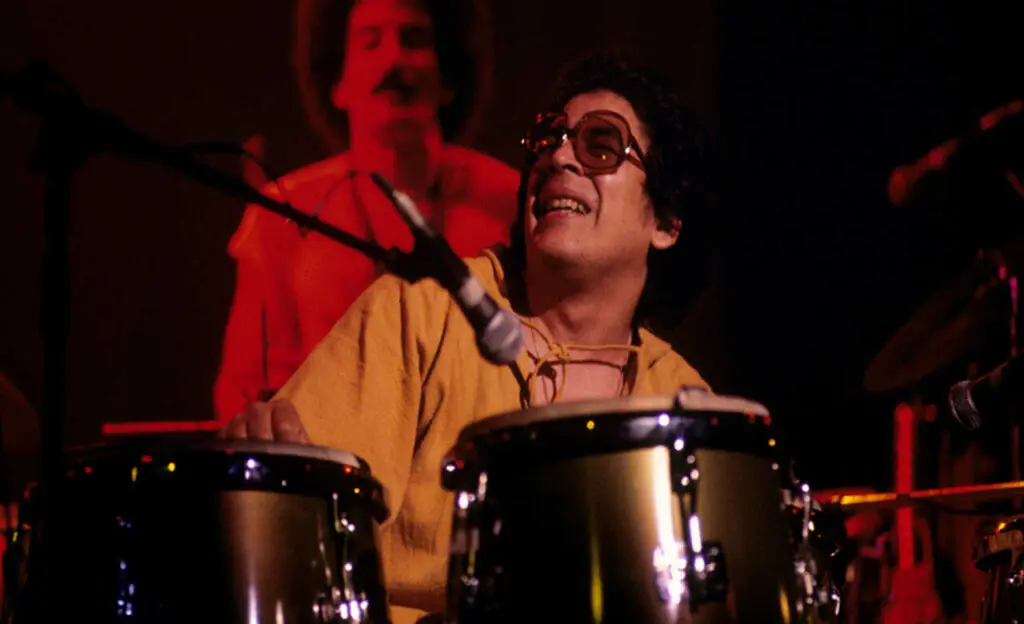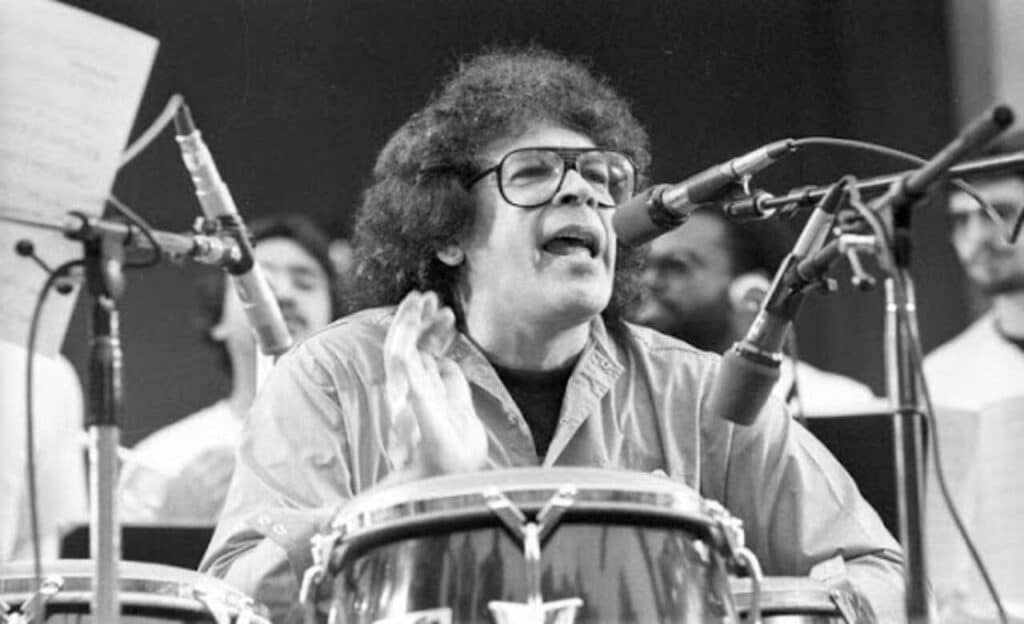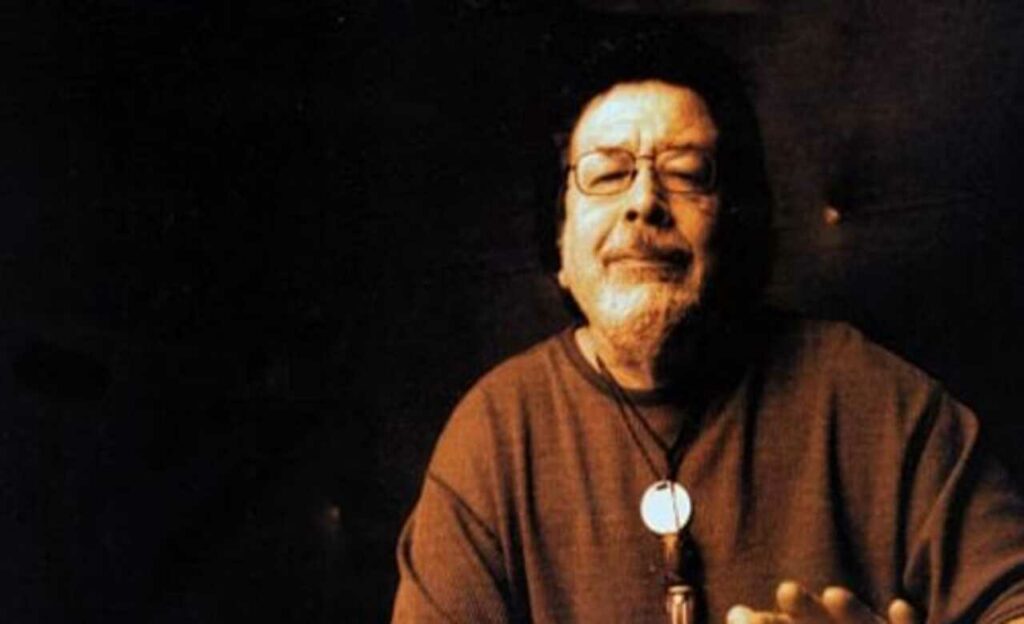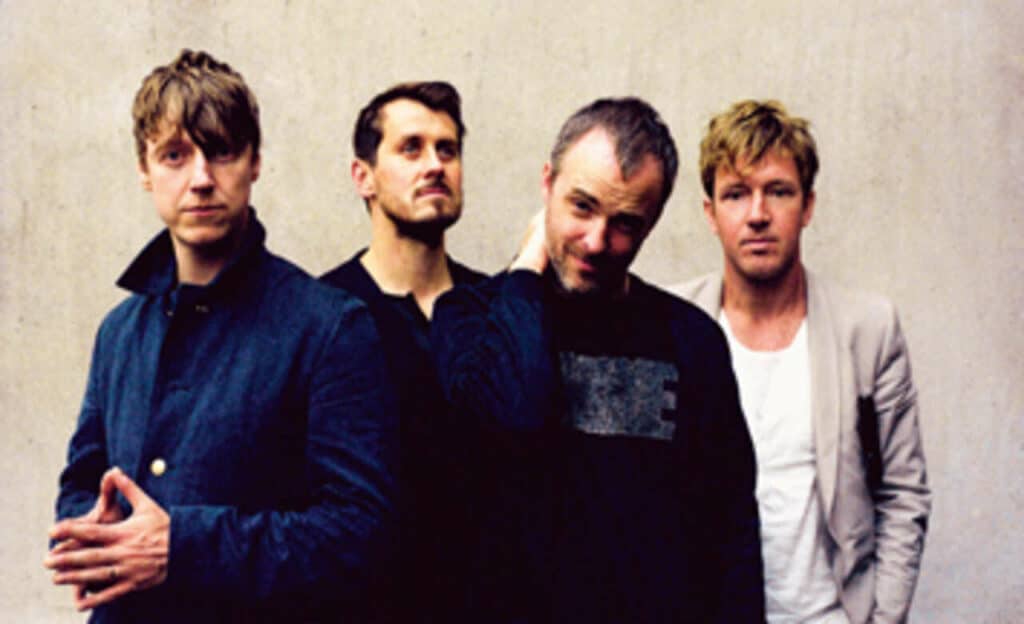Ray Barretto is a renowned musician, performer and composer who has explored and expanded the possibilities of Afro-Cuban Jazz for over five decades. Grammy Award winner with Celia Cruz for Ritmo En El Corazon, member of the International Latin Hall of Fame. As well as a multiple winner of the "Musician of the Year" contest, winner in the nomination "Best conga performer". Barretto never rested on his laurels. He always tried not only to please, but also to surprise listeners with new types of performance and musical styles.

In the 1950s he introduced bebop conga drums. And in the 1960s he spread the sounds of salsa. At the same time, he had a busy schedule as a session musician. In the 1970s, he began experimenting with fusion. And in the 1980s he successfully mastered Latin American music and jazz. Barretto created the adventurous group New World Spirit. He is known for his impeccable swing and powerful conga style. The artist became one of the most famous leaders of Latin music orchestras.
Performing compositions ranging from salsa to Latin jazz, he has performed on the most famous stages around the world.
Childhood and youth
Born in Brooklyn, New York, Barretto grew up in Spanish Harlem. During his school years, he was interested in Latin American music and big band music. During the day, his mother played Puerto Rican records. And at night, when his mother went to classes, he listened to jazz. He fell in love with the sounds of Glenn Miller, Tommy Dorsey and Harry James on the radio. To escape poverty in Spanish Harlem, Barretto began serving in the army when he was 17 years old (Germany). There he first heard a combination of Latin rhythms and jazz in the music of Dizzy Gillespie (Manteca). The young man liked this music very much and became his inspiration for the following years. He thought that he could become as famous a musician as his idols. After serving in the army, he returned to Harlem, attending jam sessions.
The artist studied percussion instruments and rediscovered his Latin roots. Since then, he has continued to perform in both jazz and Latin styles. In the late 1940s, Barretto bought several conga drums. And he began to play jam sessions after hours in nightclubs in Harlem and others. Developing his own style, he communicated with Parker and Gillespie. For several years he played with José Curbelo's band.
Ray Barretto: First serious steps
Barretto's first full-time job was Eddie Bonnemer's Latin Jazz Combo. She was followed by two years of work with the Cuban leader of the musical group - pianist José Curbelo.
In 1957, the young artist replaced Mongo Santamaria in Tito Puente's band the night before the recording of Dance Mania, Puente's classic and popular album. After four years of collaboration with Puente, the musician worked for four months with Herbie Mann. Barretto's first lead opportunity came in 1961 with Orrin Keepnews (Riverside Records). He knew Barretto from his jazz work. And the charanga (flute and violin orchestra) was created. The result was the album Pachanga With Barretto followed by the successful Latino jam Latino (1962). Charanga Barretto was complemented by tenor saxophonist José "Chombo" Silva and trumpeter Alejandro "El Negro" Vivar. Latino contained the descarga (jam session) Cocinando Suave. Barretto called it like this: "One of those that was slowly recorded."
Ray Barretto: Active years of successful creativity
In 1962, Barretto began working with the Tico label and released the Charanga Moderna album. The track El Watusi entered the top 20 US pop charts in 1963 and sold a million copies. “After El Watusi, I was neither a fish nor a bird, neither a good Latin, nor a good pop artist,” the musician later said. His next eight albums (between 1963 and 1966) varied in direction and were not commercially successful.
The musical merits of some of his recorded works from this period were only appreciated years later.
Barretto's fortunes changed when he signed with Fania Records in 1967. He abandoned brass violins and made R&B and jazz Acid. Thanks to this, he enjoyed even greater popularity among the Latin American public. The following year, he joined the original lineup of the Fania All-Stars.
Barretto's next nine albums (Fania Records) from 1968 to 1975 were even more successful. But at the end of 1972, his vocalist from 1966, Adalberto Santiago, and four of the band members left. And then they created the group Típica 73. The album Barretto (1975) with vocalists Ruben Blades and Tito Gomez became the musician's best-selling collection. He was also nominated for a Grammy Award in 1976. Barretto was recognized as the "Best Conga Player of the Year" in 1975 and 1976. in the annual Latin NY magazine poll.
Barretto was tired of the grueling daily performances in a nightclub. He felt that the clubs suppressed his creativity, there were no experiments. He was also pessimistic that salsa could reach a wider audience. On New Year's Eve 1975, he gave his last performance with a salsa group. They then went on to perform under the name Guarare. They also released three albums: Guarare (1977), Guarare-2 (1979) and Onda Típica (1981).
Create a new group
Barretto worked in the salsa-romantic style, released the not very popular album Irresistible (1989). Saba (who only sang on the chorus on Barretto's 1988 and 1989 albums) began his solo career with the Necesito Una Mirada Tuya compilation (1990). It was produced by former Los Kimy frontman Kimmy Solis. On August 30, 1990, to commemorate his involvement in jazz and Latin American music, Barretto appeared with Adalberto and Puerto Rican trumpeter Juancito Torres at the Las 2 Vidas De Ray Barretto tribute concert at the University of Puerto Rico. In 1991 he worked with the record company Concord Picante for Handprints.

In 1992, Barretto formed the New World Spirit sextet. Handprints (1991), Ancestrial Messages (1993) and Taboo (1994) were recorded for Concord Picante. And then Blue Note for Contact (1997). In a review by Latin Beat Magazine, it was noted that the members of New World Spirit are strong musicians who play clear and intelligent solos. The melodies of Caravan, Poinciana and Serenata were beautifully interpreted.

In the late 1990s, Barretto recorded compositions with Eddie Gomez, Kenny Burrell, Joe Lovano and Steve Turre. Recording New World Spirit (2000) was the best project of the artist's last years.
After five shunts, the artist's health deteriorated. Concert activities had to be suspended. Barretto died in early 2006.
Thanks to the artist's willingness to experiment, music has been new for over 50 years. “While Ray Barretto's congas graced more recording sessions than almost any other conguero of his time,” Ginell noted, “he also led some progressive Latin-jazz bands for decades.” In addition to jazz and Latin American music, Barretto has also recorded songs with the Bee Gees, The Rolling Stones, Crosby, Stills and Nash. Although his home base was in the United States, Barretto was very popular in France and toured Europe several times. In 1999, the artist was included in the International Latin Music Hall of Fame. Barretto was a major figure in the combination of jazz and Afro-Cuban rhythms, developing the music into the mainstream.



